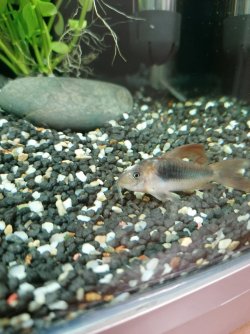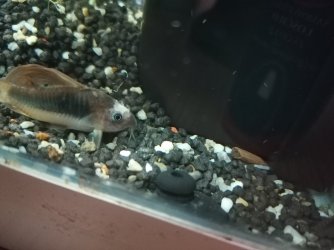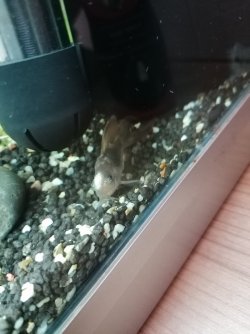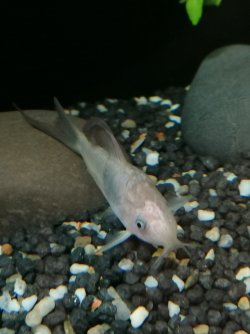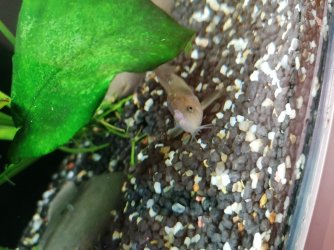maricacirk
New Member
Okay, so, one of my corys got sick, and i thought it was ick (it still could be this is my first time seeing it). The cory had a white spot that was pretty small when I moved it to a quarantene tank. I got him some medication thats "against fungal infections, skin and gill flukes". I would like to add that it was the only fish showing any type of symptoms. It was very lethargic when i first noticed the spot. Anyways, i moved it to a different tank and started medications straight away, and he seemed to be doing good the first few days, he got more active, he also never had an issue with feeding. It also looked like some sort of white crust was forming over him, i will add those photos as well as from today. The crust was off this morning, and cory turned very pale, for a second i thought it was dead. Its not, but he is swimming around frantically and it looks like he has an open wound. Someone please help?

